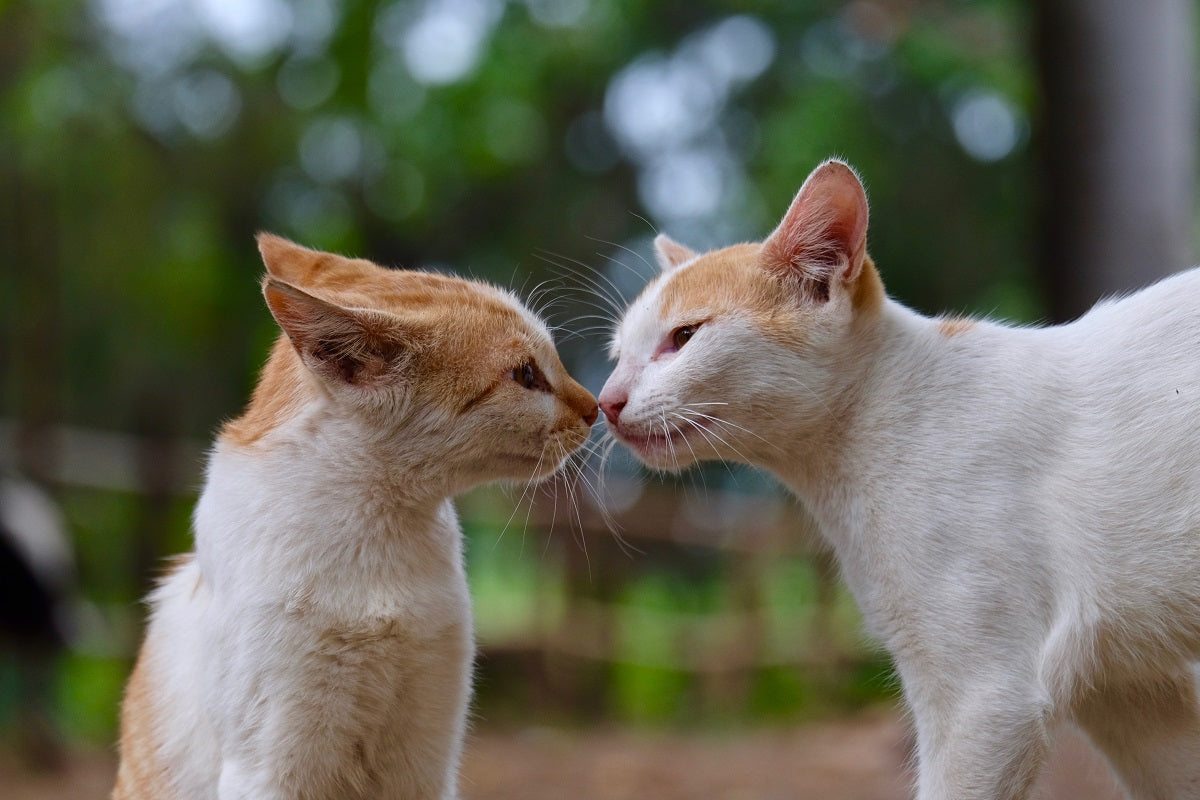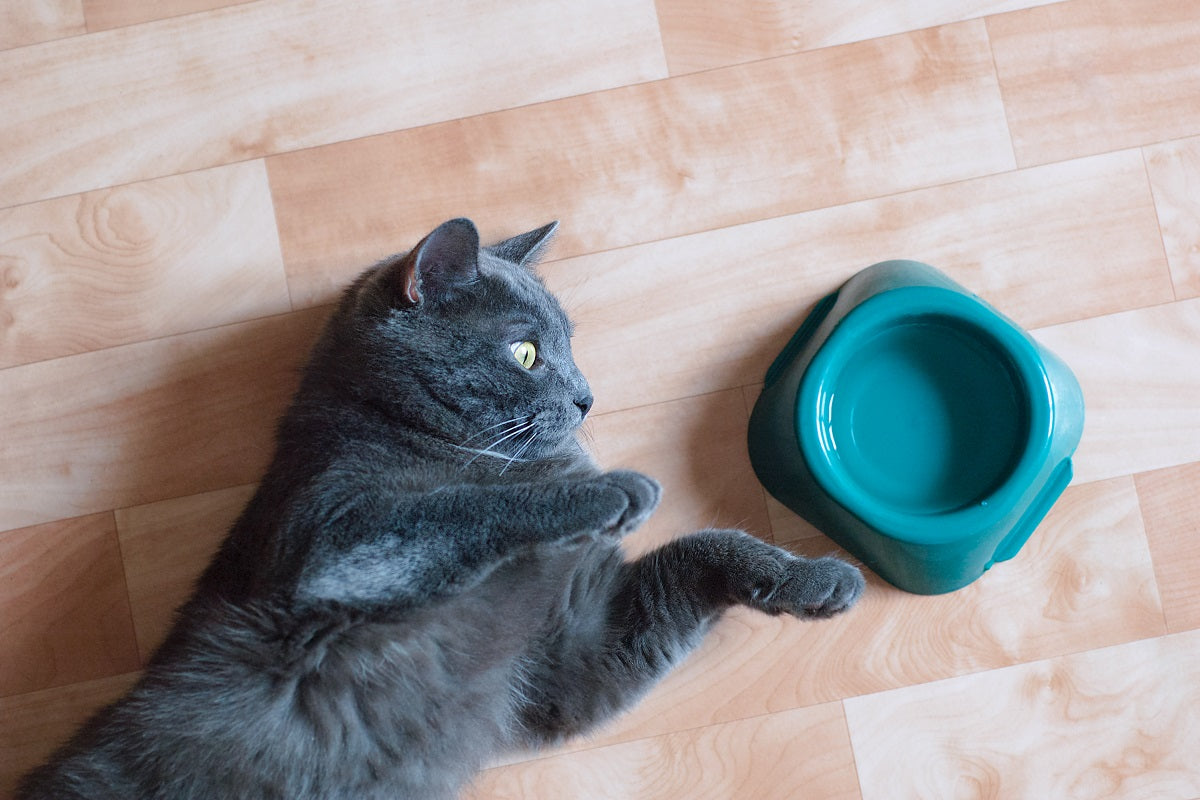August 6, 2018 |6 min read
The Mysteries of 'Kitten Season'

While most of us refer to this time of year as “summer” -- or just lament the heat and wait for fall to arrive -- it’s a difficult season for our feline friends. This is “Kitten Season,” the time of the year when virtually all cat babies are born, flooding shelters and rescue groups. With so many arriving at the same time, it can be challenging to find each precious kitten the perfect pet parents.
How do millions of cats “synchronize” the arrival of their litters? We already know our furry companions are amazing creatures, and Kitten Season is a great example of the complex, magical lives they lead.
Cats and Calendars

Cats become receptive to mating -- know as “going into heat” -- after the passing of the Winter Solstice, the day of the year with the least amount of daylight and the longest night. (In case you were wondering, this year’s Solstice in the Northern Hemisphere falls on Friday, December 21.)
As the days start to get longer in January, those cats that have not been spayed or neutered become more active, heading outside in search of mates. Cat pregnancies spike in late February and early March. Kitten season doesn’t wind down until September when all the babies from this mating period have been born. In parts of the country with significant seasonal differences, virtually all cats follow the Kitten Season calendar. But in more temperate climates, this pattern is much less pronounced, as cats don’t have to wait for it to be warm enough to venture outdoors.
Cat Litter That Prioritizes Their
Health & Your Happiness.
for 20% Off + a FREE Catnip Toy
Babies on Board

After mating, it’s not long -- about 66 days -- before the kittens begin to arrive. And like rabbits, cats are prolific parents:
- They can start having babies when they are only 5 months old, although most are not ready before 6-8 months
- While females usually have one to two litters a year, they can have up to three. Not to waste any time, cats can get pregnant again while still nursing a previous litter
- There are usually three to five kittens in each litter, although a cat’s first litter tends to be a bit smaller.
- A single litter could include kittens from multiple fathers, generating thousands of hours of entertainment and speculation as people try to figure which baby came from where.
Counting Kittens

When we discuss Kitten Season, we aren’t talking about a phenomenon involving a few hundred animals. It’s something much more extensive. The Humane Society of the United States (http://www.humanesociety.org/issues/pet_overpopulation/facts/pet_ownership_statistics.html) estimates that a whopping 30 to 40 million cats live on the streets in this country, and of those animals, only 2 percent are spayed or neutered. But gathering the data to make even an educated guess at the number of litters born each Kitten Season is not as easy as it first appears. It’s much like the ongoing debate over how to count all offspring from one mom cat over a period of time.
Some experts argue that, at least theoretically, a single cat could be responsible for the births of 420,000 kittens over a seven-year period. Today, many people considered this figure outlandish, arguing it’s based on unrealistic assumptions rather than the realities of daily cat life. It assumes all female cats start reproducing at about six months old and have two litters each year.
Many cats fending for themselves outdoors do not survive to reproduce at all; others have far fewer litters. Using more realistic information, experts today contend that an unspayed female is responsible for the birth of between 100 and 5,000 offspring in seven years. Even using the lower end of this range, the number of kittens born during a short period of the year can strain many community’s animal care resources.
Wish Kitten Season Goodbye?

While everyone agrees there’s nothing cuter than a kitten, many people who work with homeless animals dread this time of the year. With hundreds or even thousands of kittens born in a short window of time, finding all of them the great homes they deserve can be difficult. Luckily, this cycle of cat overpopulation and homelessness can be stopped using two simple tools: Spay/neuter and Adoption. As more cats are “fixed,” fewer homeless kittens will be born. And for those that do end up at shelters, caring adopters will be there to take them home, love them, and care for them for life.
Kitten Season can then fade into memory, and we can go back to enjoying or complaining about summer!


Tired of your
home smelling like
you have a cat?
Use code PRETTYBLOG
Final Thoughts
Kittens are born blind, deaf, unable to get up and completely reliant on mom for survival. During their first few weeks of life, their eyes open and their tiny ears, which have been tucked away since birth, unfurl like the sails on a ship. While these babies start off small and vulnerable, they grow up fast. Ten weeks after birth, they are ready to leave for their loving adoptive homes.
Check out this chart (http://4fi8v2446i0sw2rpq2a3fg51-wpengine.netdna-ssl.com/wp-content/uploads/2016/06/Kitten-Progression-FINAL.pdf) and read more from Alley Cat Allies on the daily growth and development of a new-born kitten (https://www.alleycat.org/resources/kitten-progression/)








